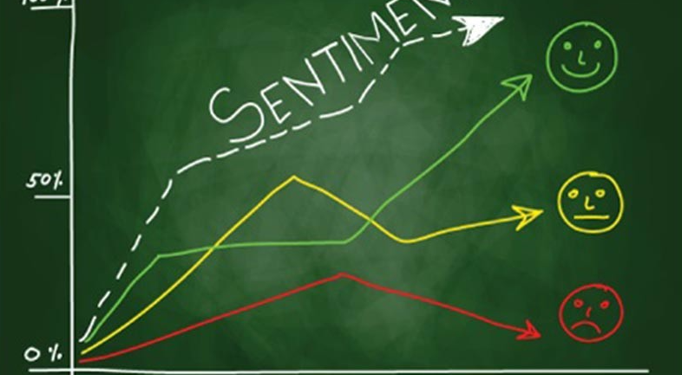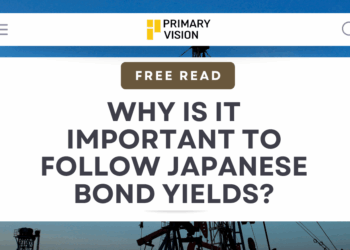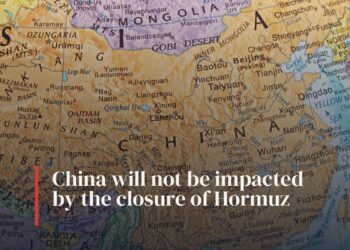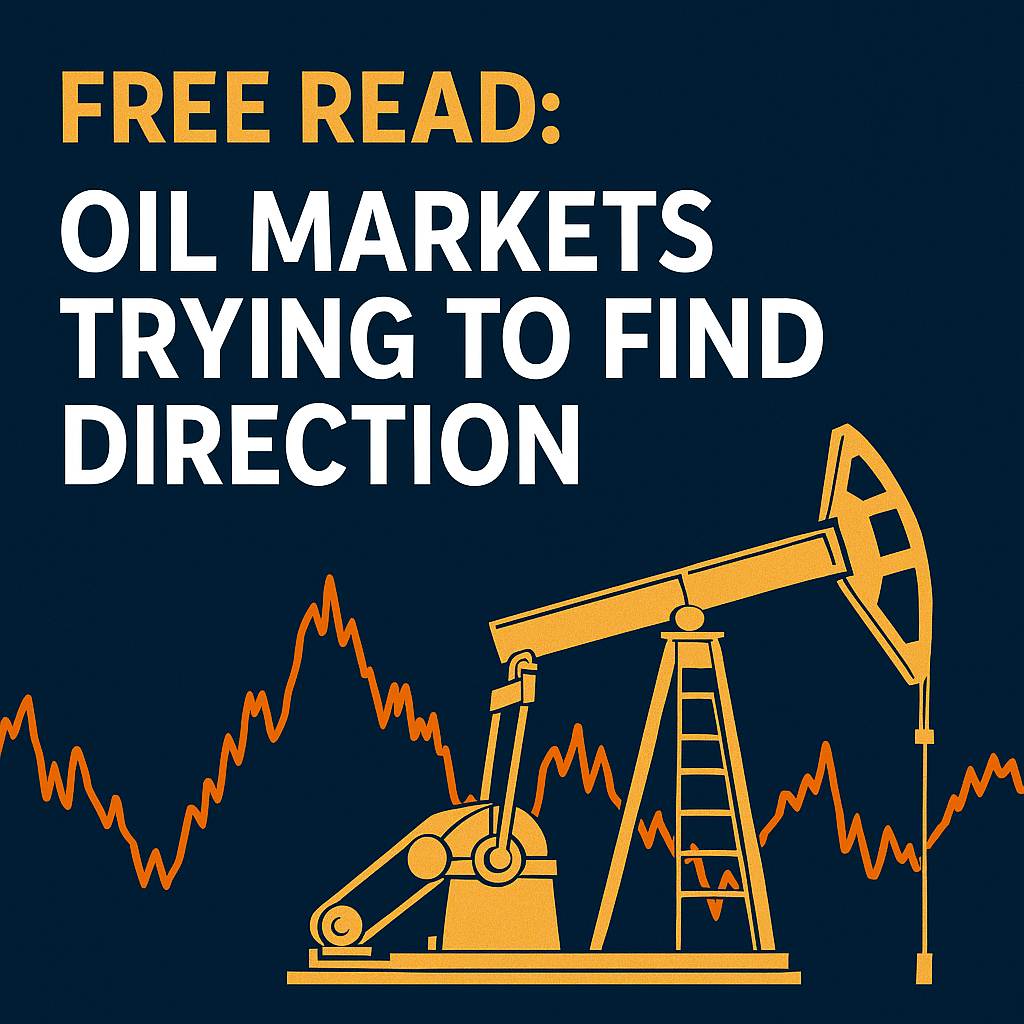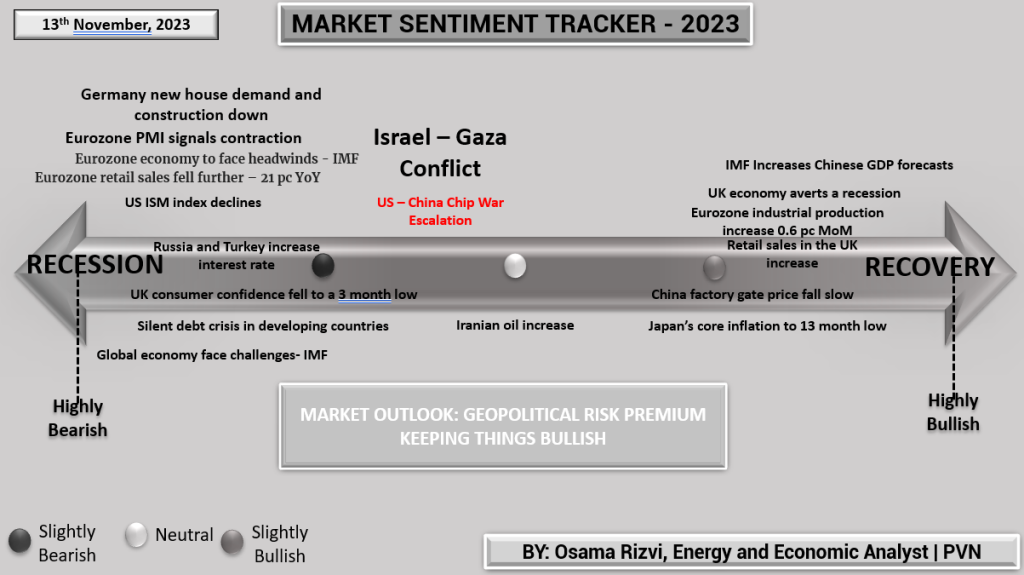
As of November 13, 2023, the economic climate is showing signs of strain, with numerous indicators suggesting that the global market is leaning towards a recession rather than a recovery.
In the Eurozone, we’re seeing decreased demand for new homes and a slowdown in construction. This is a clear indicator of a cooling economy, as housing is often a reflection of consumer confidence and financial health. Additionally, the Eurozone’s Purchasing Managers’ Index (PMI), which measures the health of the manufacturing sector, indicates contraction, and retail sales have declined significantly compared to the previous year.
Across the Atlantic, the United States is also experiencing downward trends, with the ISM index, which is another gauge of economic health, particularly in manufacturing, reporting declines. This points to a broader global pattern of economic slowdown.
Adding to the economic headwinds are global geopolitical tensions, such as the Israel-Gaza conflict and the escalation of the US-China “Chip War,” which create uncertainty and can deter investment and spending.
Interest rate increases in Russia and Turkey are further signs of attempts to stabilize economies, but they also tend to slow down economic growth. In the UK, consumer confidence has dipped to a three-month low, another signal that public sentiment about the economy is waning.
However, it’s important to acknowledge that not all indicators are negative. The International Monetary Fund (IMF) has increased GDP forecasts for China, and the UK has managed to avoid a recession for the time being. Retail sales in the UK have also increased, and there are signs of inflation stabilizing in some regions, with Japan’s core inflation reaching a 13-month low.
Despite these positive indicators, the overall market sentiment is cautious, with a tilt towards bearish perspectives. The compilation of economic data suggests that concerns about a recession are prevailing, overshadowing the pockets of positive news that suggest a potential recovery.
The sentiment tracker clearly reflects a market that is bracing for potential challenges ahead. While the geopolitical risks add a layer of complexity, they are currently countered by the potential for long-term growth, holding the market in a state of cautious optimism in some quarters.
In conclusion, the current economic indicators present a mixed bag. It is evident that recessionary concerns are at the forefront, but there are also elements that offer hope for recovery. It will be critical for investors and policymakers to remain vigilant and to interpret these indicators within the larger context of an evolving global economic landscape. The balance between recession and recovery remains delicate, and the coming months will be pivotal in determining the direction of the global economy.

